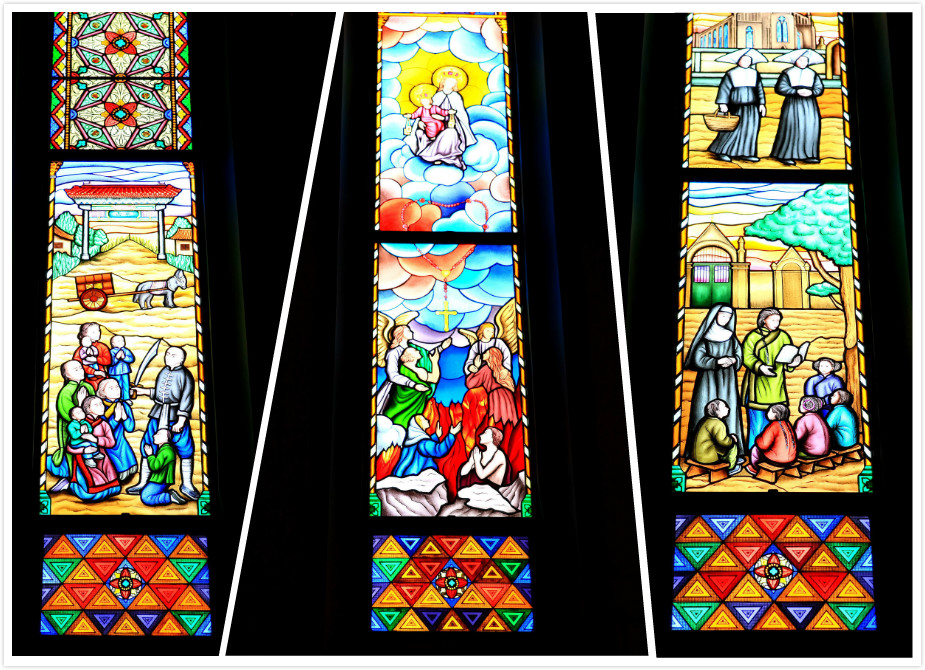Historic Catholic churches

The Qing Dynasty (1644-1911) Emperor Kangxi (r. 1662-1722) fully employed the expertise of European missionaries in astronomy, calendric science, mathematics, music and painting, as well as linguistics and clock mechanisms. He recruited them to serve in his court to teach Latin, math, and astronomy to him and his sons, and appointed some of them as the head of the Directorate of Astronomy.
His esteem for the missionaries led to permission to construct Catholic churches in Beijing. His tolerance of their preaching was based on their acknowledgment of and reverence for the god of Heaven, ancestors, and Confucius. Therefore Catholicism developed fast in China under his reign, as did construction of Catholic churches in Beijing.
Cathedral of the Immaculate Conception: the oldest Catholic church in Beijing
Address: 141 West Qianmen Avenue, Xicheng district

The cathedral is colloquially known as the "southern church" (Nan Tang) or Xuanwumen Church for its location in the southern part of Beijing in the Qing Dynasty. It evolved from a modest-scale chapel established by the Italian Jesuit Matteo Ricci (Chinese name Li Madou, 1552-1610) in 1605.
Before Ricci, no Westerners were allowed to stay in Beijing for long. The Emperor Wanli (r. 1573-1620) in the Ming Dynasty (1368-1644)allowed Ricci to settle and do missionary work in the city, and designated the place to him as his residence. In his letter to a Catholic priest, Matteo Ricci expressed his gratitude for the imperial permission. In 1650, the erudite German Jesuit Johann Adam Schall von Bell (Chinese name Tang Ruowang, 1591-1666) expanded it into a cathedral. During the following centuries, it was destroyed, renovated, and rebuilt several times. The one we see today dates back to 1904.
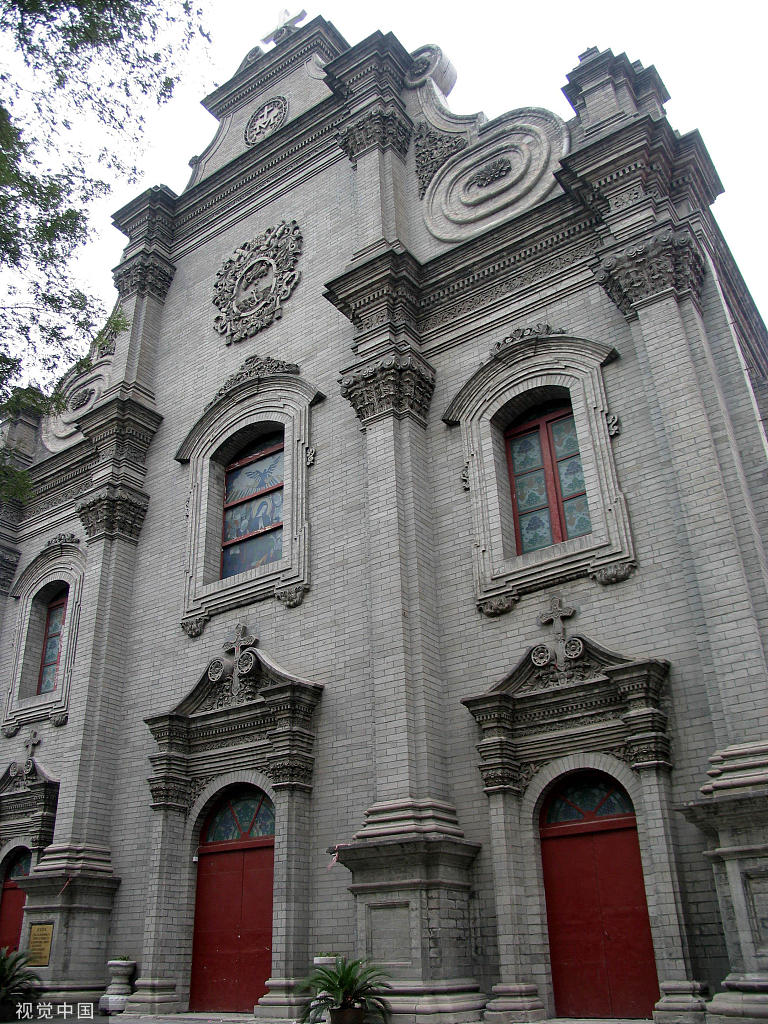

The cathedral is a grey-brick structure decorated with exquisite relief carving. It was built with traditional Chinese construction techniques but in the Baroque style, and is now the seat of the archdiocese of Beijing.
Church of the Saviour (Northern Church)
Address: 33 Xishiku Street, Xicheng district
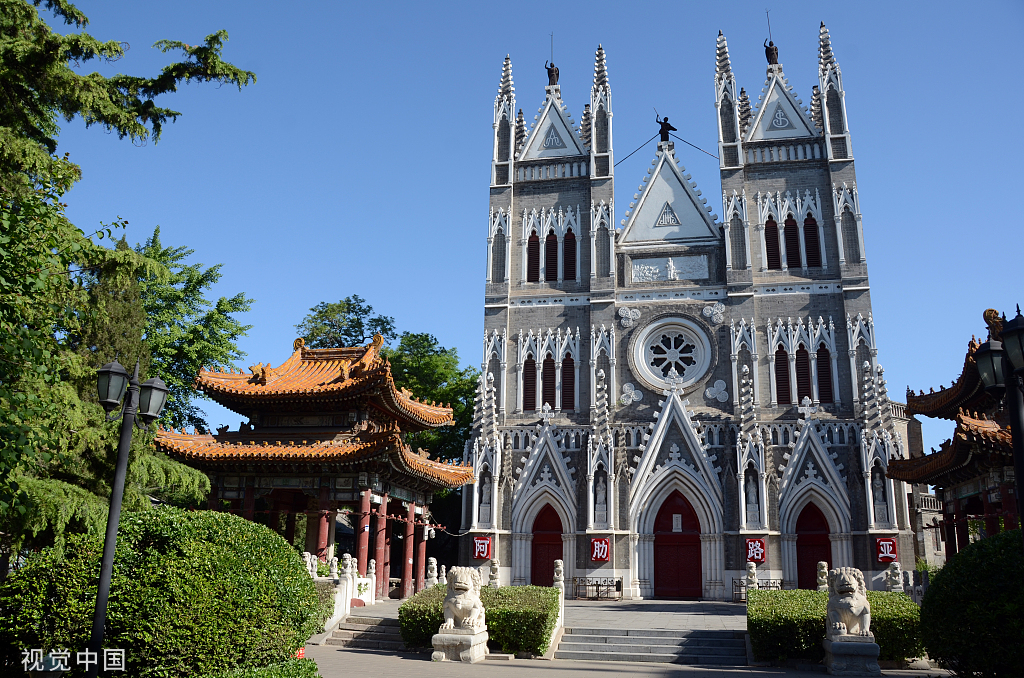
The Emperor Kangxi (r. 1662-1722) was saved from Malaria in 1693 by being treated with quinine by French Jesuits Jean François Gerbillon (Chinese name Zhang Cheng, 1654-1707) and Joachim Bouvet (Chinese name Bai Jin, 1656-1730), who thereby gained the emperor’s esteem and confidence. The recovered and rejoicing emperor bestowed the former compound of the late regent Suksaha upon them as their residence, and permitted them to build a church at the site. In 1703 the Church of the Saviour was inaugurated. The ceremony was so grand that it became a national phenomenon, and the church was credited as the most beautiful one in the Orient.

The Church of the Saviour was located in Canchikou, a site just to the west of the imperial palace. It was the predecessor of the Northern Church (Bei Tang) in nearby Xishiku.
Gerbillon and Bouvet were the first French Jesuits recruited by the Qing emperor to serve the imperial court. They were among the "five mathematicians of the King" sent by the French King Louis XIV. During their service in the court, the Emperor Kangxi learnt Western mathematic knowledge from them.
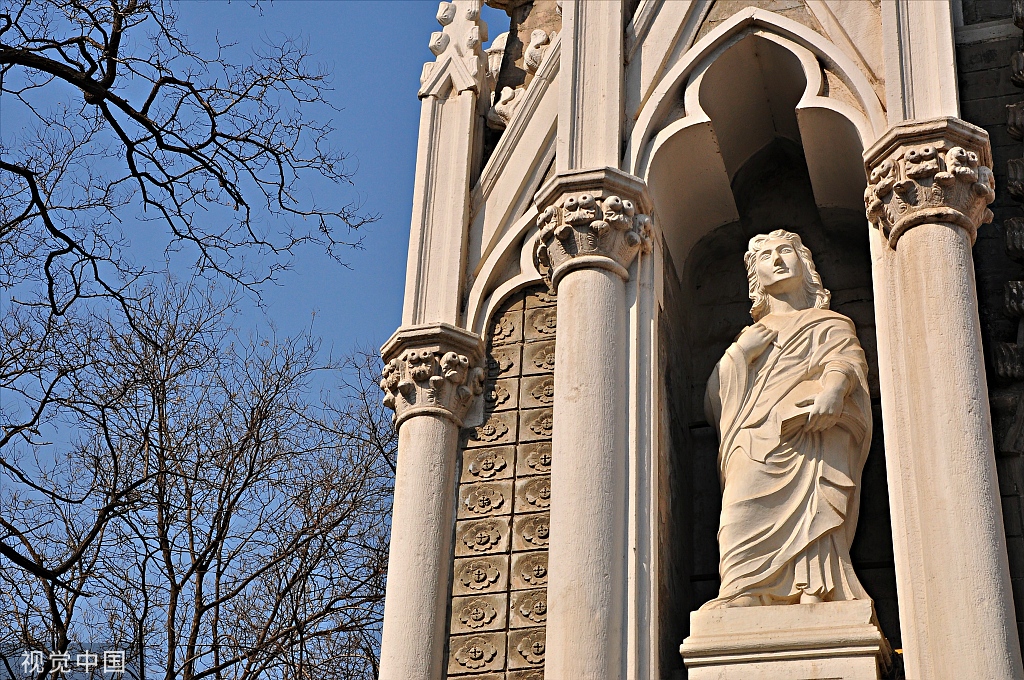
In 1886, the church was moved and rebuilt to its current location of Xishiku at the request of the Qing government, for its tall bell tower was considered interference in the skyline of the imperial palatial complex. Construction of the new church was completed the next year. It had lavishly ornate Gothic-style architecture, and was the seat of the Bishop of Beijing until 1958.
St. Joseph's Church (Eastern Church)
Address: 74 Wangfujing Street, Dongcheng district
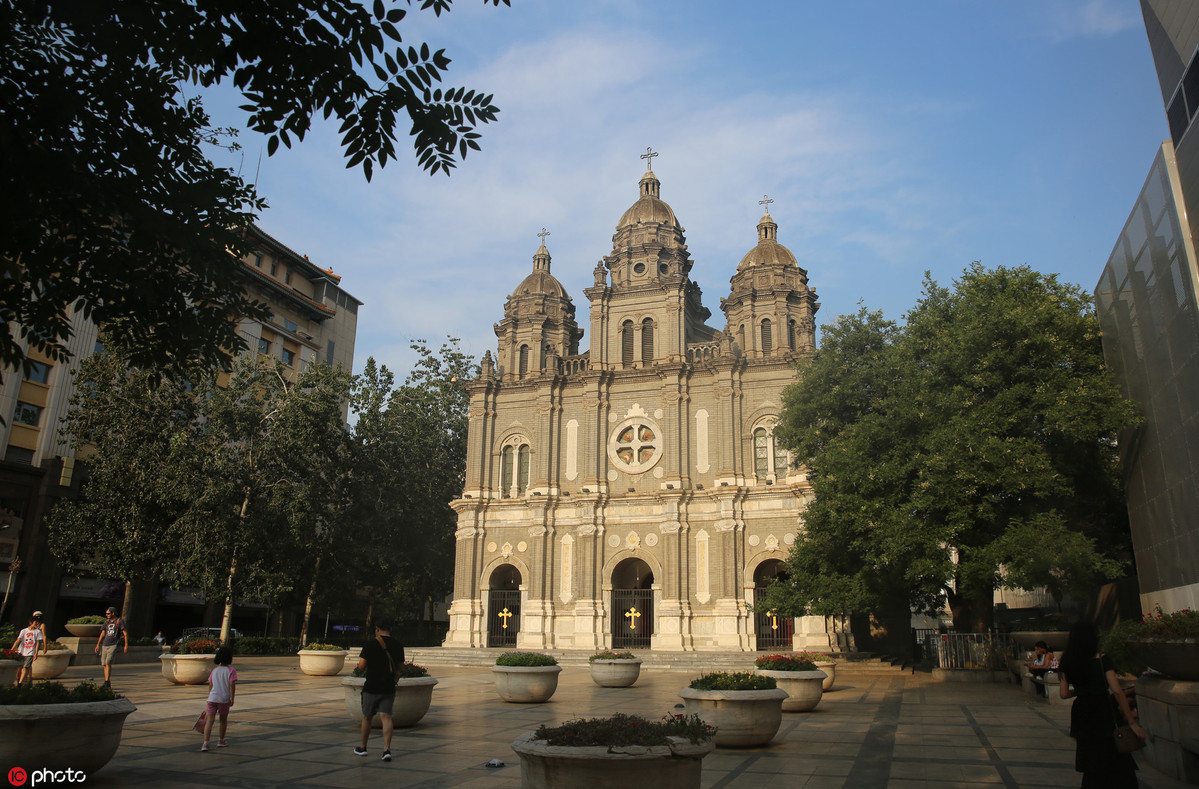
The church was the second Catholic church built by Jesuit missionaries in Beijing, after the Cathedral of the Immaculate Conception. It was initially built by the Sicilian Jesuit Lodovico Buglio (Chinese name Li Leisi, 1606-82) and the Portuguese Jesuit Gabriel de Magalhaens (Chinese name An Wensi, 1609-77), who preached in Southwest China's Sichuan province before being captured as foes and brought to Beijing by the Qing army. The reigning Emperor Shunzhi (r. 1644-61) agreed to their appeal of converting their residence into a church at Bamiancao in today's Wangfujing area; the church was therefore dubbed the Eastern Church by locals.
Originally, it was designed the Chinese residential architectural style, with Catholic elements only modestly applied in minor parts to indicate its religious purpose. It was turned into a Western-style building in 1662 but was destroyed by earthquake in 1720.
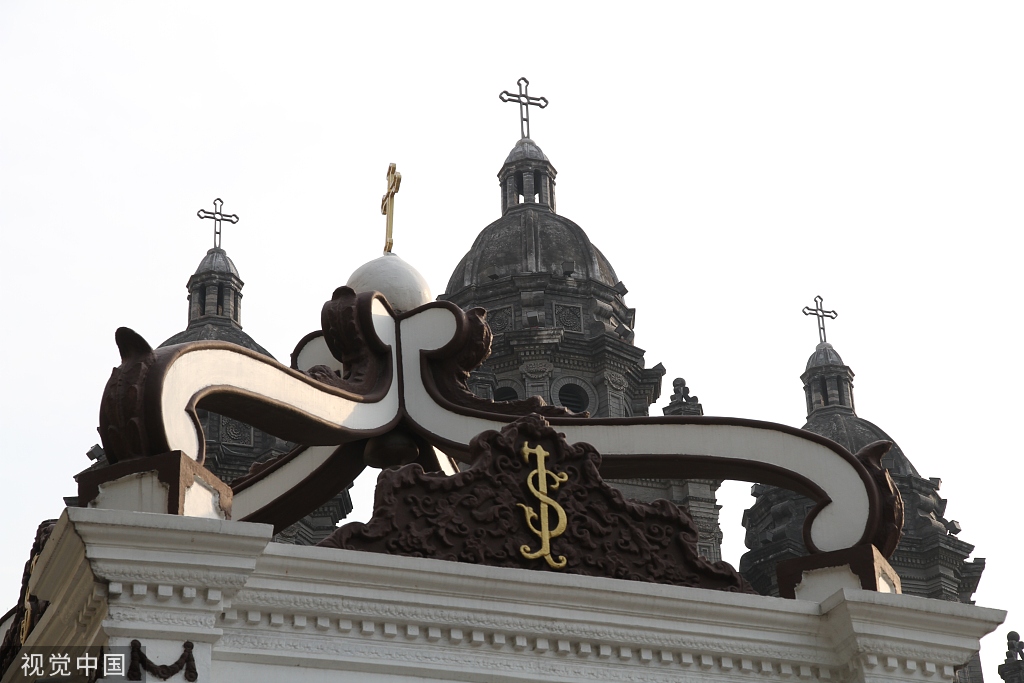
Reconstruction of the church in 1721 was under the design of the Florentine architect and missionary Ferdinando Bonaventura Moggi (Chinese name Li Boming, 1684-1761). The Italian Jesuit missionary Giuseppe Castiglione, who served in the imperial court, did portraits and glass window decorations for the building.
However, fire, government confiscations, and the Boxer Rebellion repetitively led the church to dilapidation or demolition. The last reconstruction of St. Joseph's took place in 1904, which restored it to its former size and form -- a Neo-Romanesque-style structure with three vaulted bell towers on the top and generally shaped like a cross, the symbol of Christianity.
St. Joseph's was designated a municipal foremost protected cultural heritage site by the local government in 1990. Catholic services under the administration of the Chinese Patriotic Catholic Association are held here regularly.
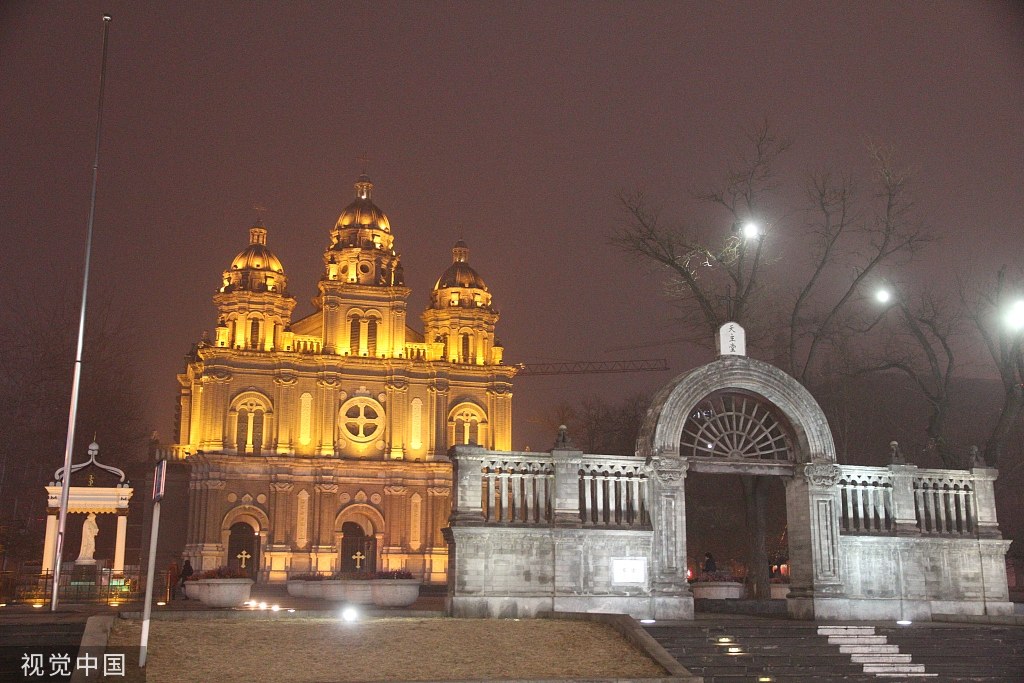
Church of Our Lady of Mount Carmel (Western Church)
Address: 130 Xizhimengnei Avenue, Xicheng district
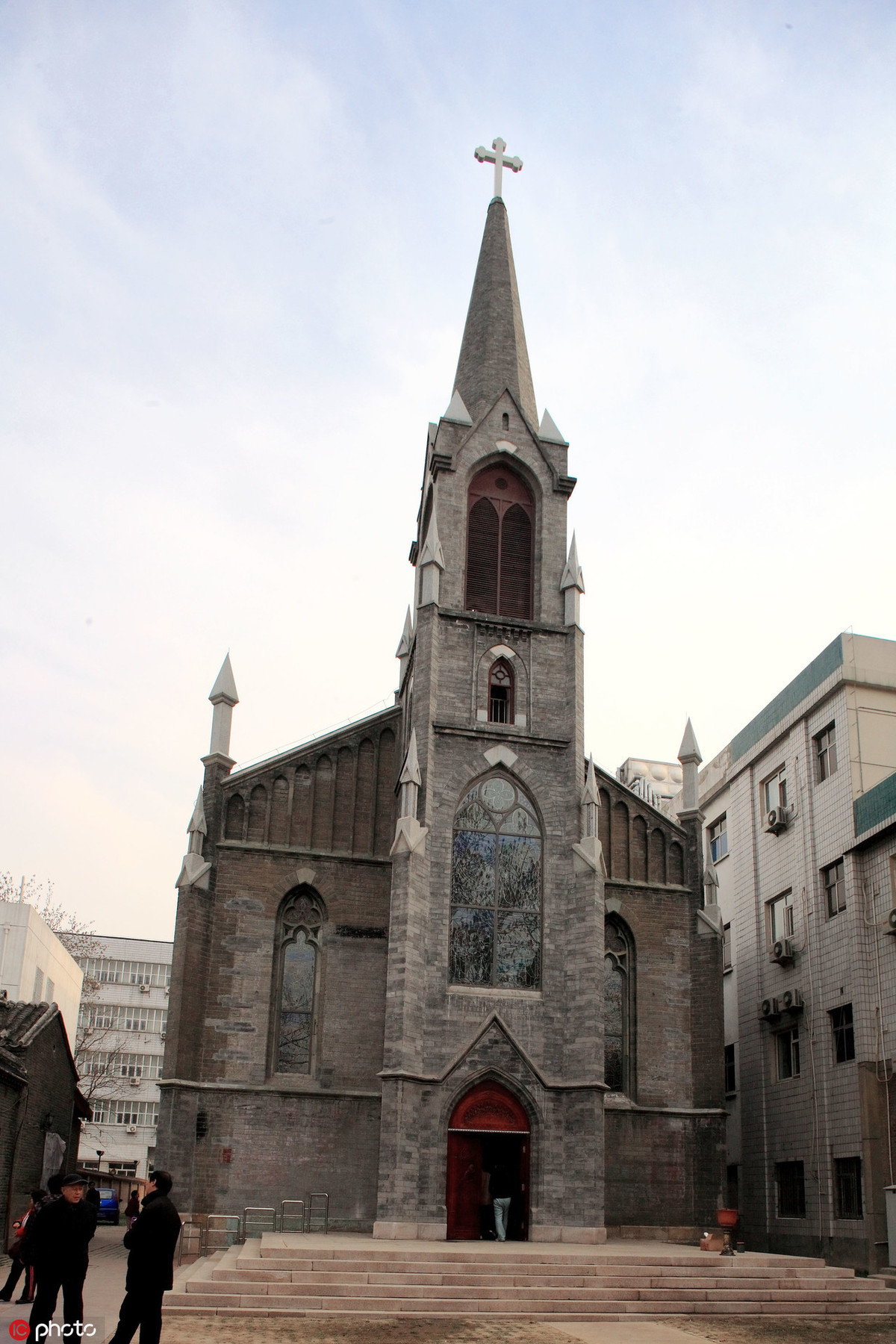
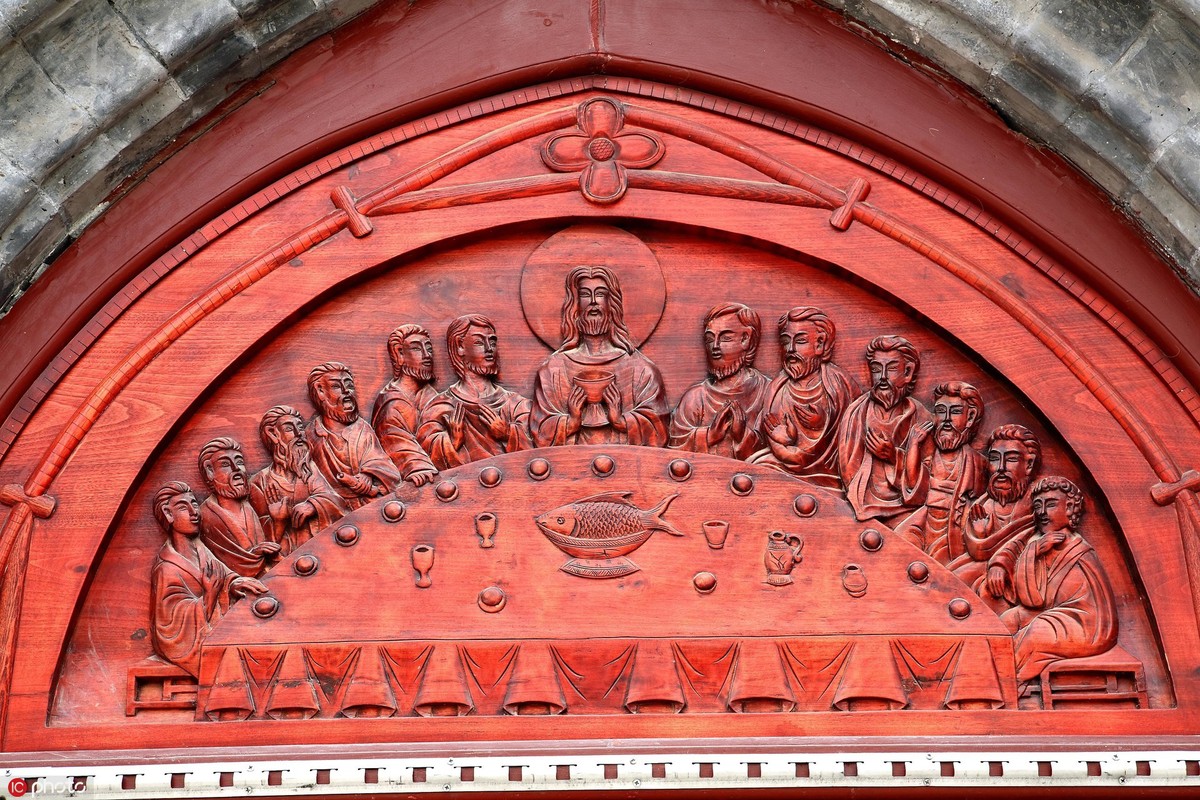
It is the only one among Beijing's four historic Catholic churches that was not founded by the Jesuits but by a Lasarist. Father Teodorico Pedrini (Chinese name De Lige, 1671-1746), was the Italian Lasarist missionary who taught Western learning to the imperial sons after arriving in Beijing in 1705. He bought land east of Xizhimen in 1823 on which he commissioned the construction of the Church of Our Lady of Mount Carmel.
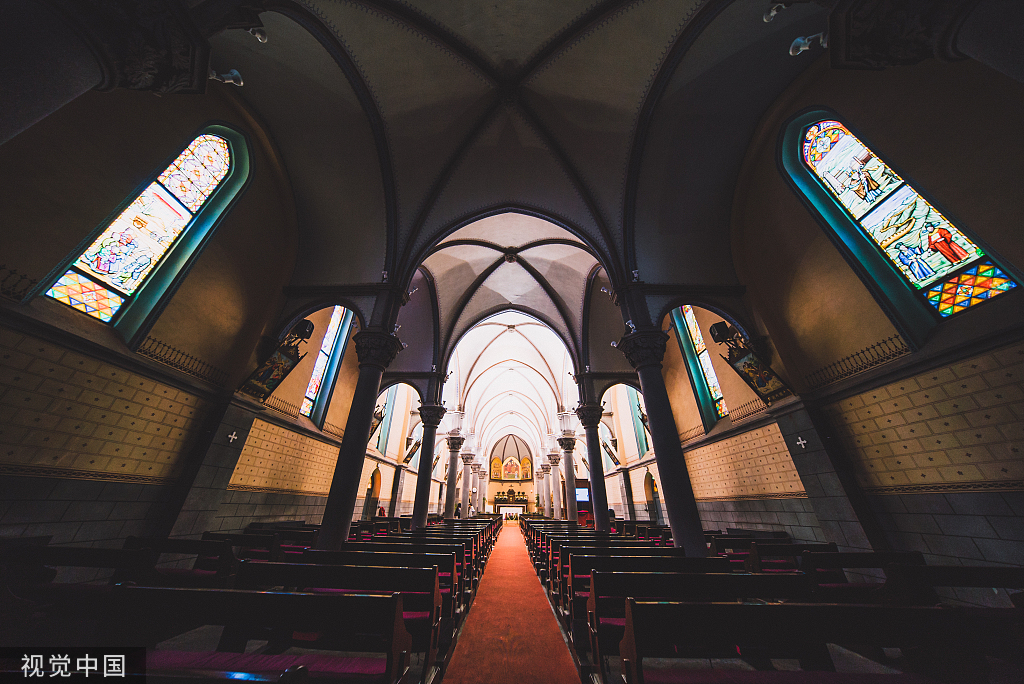
The church was demolished in the early 19th century in the wake of the promulgation of missionary prohibition decree by the Qing government. Rebuilding started after 1867 according to an agreement reached by the Qing government with Britain and France, but the newly built church did not last long. Boxer Rebellion troops burnt it down in 1900. Today's structure has evolved from the building of 1923, which was repurposed intermittently as a factory and a pharmaceutical manufacturer's storehouse. Religious services were resumed in 1994. In 2008 a major renovation of the church began. The collapsed bell tower, damaged in the earthquake of 1976, was restored and beautiful glass windows illustrating Bible stories and the church's history were installed.
